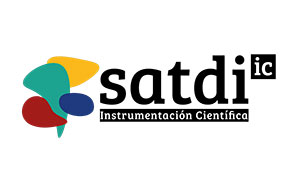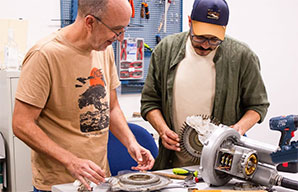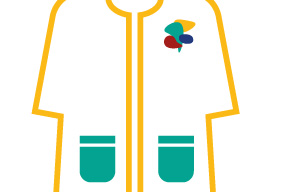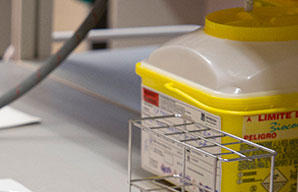An artificial pancreas that improves the lives of children with type 1 diabetes
A scientific group from the University of Cambridge has developed a semi-automated insulin release system, known as an ‘artificial pancreas’, which substantially improves glycemic control in children between 1 and 7 years of age with type 1 diabetes without increasing hypoglycemia. The research, published in the New England Journal of Medicine, is the first to address this technology in patients of such a young age, and reveals that its use is safe and more effective in controlling blood sugar levels than current technology, therapy sensor-augmented pump.
This therapy requires parents to check their child’s glucose levels using a monitor and then manually adjust the amount of insulin delivered by the pump. In this new study, the CamAPS FX application has been developed, which, combined with a glucose monitor and an insulin pump, acts as an artificial pancreas, automatically adjusting the amount of insulin it administers, based on predicted glucose levels or in real time. It’s a “hybrid closed-loop system,” meaning the child’s caregiver will have to administer insulin at mealtimes, but at other times the algorithm works on its own.
Professor Román Hovorka, from the Wellcome-MRC Institute of Metabolic Sciences at the University of Cambridge explains: “The CamAPS FX app makes predictions about what it thinks might happen next based on past experience. It learns how much insulin a child needs each day. and how it changes at different times of the day. From there, it adjusts insulin levels to help achieve ideal blood sugar levels. Aside from mealtimes, it’s fully automated, so parents don’t have to to continually monitor their children’s blood sugar levels.
The research has been carried out in 7 centers in the United Kingdom and Europe in which 74 boys and girls between 1 and 7 years of age with type 1 diabetes participated. The objective was to compare the therapy of the hybrid closed-loop system with the current sensor-augmented pump. To do this, the patients used each of the techniques for 16 consecutive weeks. The results showed that the CamAPS FX application lowered average blood sugar levels and kept patients in their target glucose levels longer compared to sensor-augmented pump therapy. Likewise, the closed-loop hybrid therapy demonstrated an improvement in the quality of sleep of the patients. According to the records, more than 80% of the sensor readings during the night were within the target range.
Julia Ware, first author of the study, said, “Parents have described our artificial pancreas as ‘life changing,’ as it meant they could relax and spend less time worrying about their children’s blood sugar levels, especially overnight”.
Closed Circuit Hybrid Therapy
Source: New England Journal of Medicine







